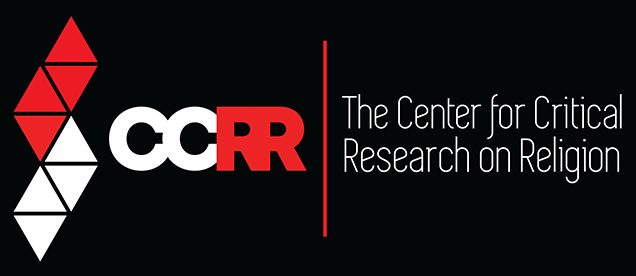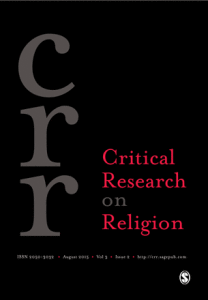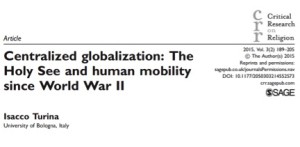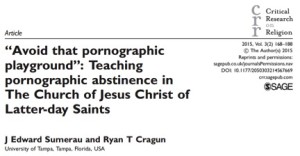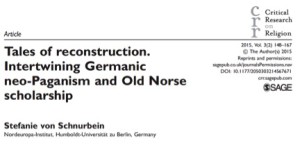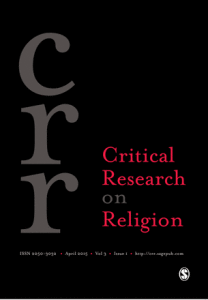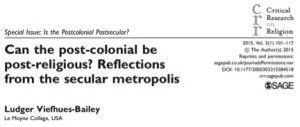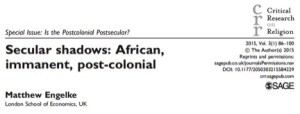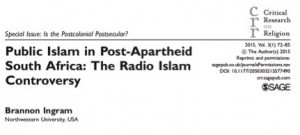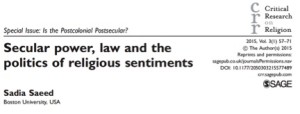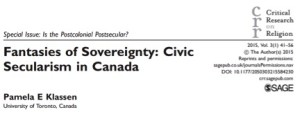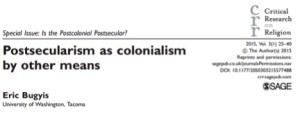0
Blog
Categories
- Critical Research on Religion
- CRR Editorials
- CRR Volume 1, Issue 1
- CRR Volume 1, Issue 2
- CRR Volume 1, Issue 3
- CRR Volume 10, Issue 1
- CRR Volume 10, Issue 2
- CRR Volume 10, Issue 3
- CRR Volume 11, Issue 1
- CRR Volume 11, Issue 2
- CRR Volume 11, Issue 3
- CRR Volume 12, Issue 1
- CRR Volume 12, Issue 2
- CRR Volume 12, Issue 3
- CRR Volume 13, Issue 1
- CRR Volume 13, Issue 2
- CRR Volume 13, Issue 3
- CRR Volume 2, Issue 1
- CRR Volume 2, Issue 2
- CRR Volume 2, Issue 3
- CRR Volume 3, Issue 1
- CRR Volume 3, Issue 2
- CRR Volume 3, Issue 3
- CRR Volume 4, Issue 1
- CRR Volume 4, Issue 2
- CRR Volume 4, Issue 3
- CRR Volume 5, Issue 1
- CRR Volume 5, Issue 2
- CRR Volume 5, Issue 3
- CRR Volume 6, Issue 1
- CRR Volume 6, Issue 2
- CRR Volume 6, Issue 3
- CRR Volume 7, Issue 1
- CRR Volume 7, Issue 2
- CRR Volume 7, Issue 3
- CRR Volume 8, Issue 1
- CRR Volume 8, Issue 2
- CRR Volume 8, Issue 3
- CRR Volume 9, Issue 1
- CRR Volume 9, Issue 2
- CRR Volume 9, Issue 3
- News
- Posts and Discussion
- Responses to CRR Editorials
- Roundtables
- Timothy Fitzgerald
- Uncategorized
- Zoom Session
Archives
- December 2025
- September 2025
- August 2025
- July 2025
- April 2025
- December 2024
- September 2024
- April 2024
- December 2023
- August 2023
- April 2023
- January 2023
- September 2022
- May 2022
- February 2022
- December 2021
- August 2021
- June 2021
- April 2021
- December 2020
- August 2020
- April 2020
- December 2019
- August 2019
- April 2019
- March 2019
- December 2018
- August 2018
- May 2018
- April 2018
- January 2018
- December 2017
- November 2017
- October 2017
- September 2017
- May 2017
- April 2017
- March 2017
- February 2017
- December 2016
- September 2016
- August 2016
- July 2016
- June 2016
- May 2016
- April 2016
- December 2015
- September 2015
- June 2015
- December 2014
- August 2014
- July 2014
- April 2014
- March 2014
- December 2013
- September 2013
- August 2013
- July 2013
- May 2013
- April 2013
- January 2013
- August 2012
- March 2012
- November 2011
- October 2011
- October 2010
- May 2010
- September 2008

